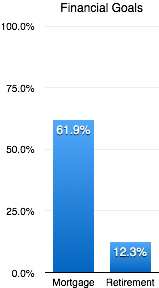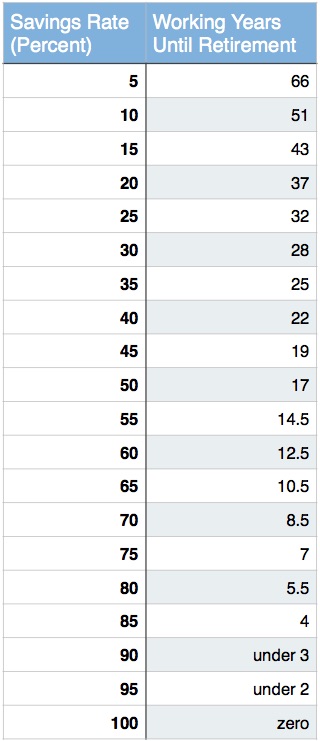Personal Finance 401
School is almost out for the summer, but you should always be learning new things in life. Today we’ll cover an advanced personal finance topic. It may sound like goobly gook, but the payoff is worth it! So break out the notebook and pay attention.
Roth Conversion Ladders
What if I told you that you could retire earlier or with substantially more money and you didn’t need to earn more or spend less. Does that sound too good to be true? Well, it is true thanks to a little strategy called roth conversion ladder.
What is it?
During your working years that you are saving up for retirement you have three options as to how you can save your money.
The first option is to use a traditional 401k or IRA (individual retirement account). With this type of savings account, your contribution gets to grow tax free. Then when you reach retirement age (59.5) any withdrawals that you make are taxed.
The second option is to use a Roth 401k or IRA. Your contributions are taxed going in and then at retirement age you can withdrawal the principle and interest tax free.
The third option is to invest in a taxable account. Generally the contributions to a taxable account are post tax and any gains (withdrawals) are also taxed. It is kind of the worst of both worlds. The one bonus is that you do not have to wait until retirement age to access the funds.
To sum it up, you can either pay the tax man when you retire, when you earn, or both.
A Roth conversion ladder is a strategy where you use a traditional IRA as your primary savings vehicle and then over time you convert the balance over to a Roth IRA. In doing so, you get the best of both worlds. Your initial contribution is tax free and can grow for many years and your eventual withdrawal is also tax free. The tax man can be removed from the equation and the best part is that it is perfectly legal!
How does it work?
To start the process, upon retiring any traditional 401k funds will need to be rolled over to an IRA. This is pretty straightforward and according to Vanguard, it involves 3 simple steps that should take you less than 30 minutes.
Now the real fun begins. The IRS allows you to transfer IRA funds to a Roth IRA as long as the transferred money is considered income and taxed as such. Also transferred money is not accessible for a period of five years. Uncle Sam gets his cut during the transfer and is happy. You are also happy because you realize that being a newly retired individual your taxable income is basically whatever you transfer between accounts. You also know that income tax doesn’t kick in until you cross a certain threshold (exemptions + standard or itemized deduction). For example, since we are married and have one dependent we could convert up to $24,600 a year without paying a single penny in taxes.
$12,600 (standard deduction) + $12,000 (three times personal exemption of 4,000)
Obviously when Frugal Boy strikes out on his own, we will lose a dependent, but we would still be able to convert $20,600 a year tax free.
Roth Conversion Ladders are awesome because you get to grow money relatively tax free.
Perhaps the easiest way to understand the strategy is to see an example. Thankfully, Root of Good, has already packaged together some easy to read tables that show how it works.
Root of Good also explains some intricacies nicely, such as how to handle inflation during the five year waiting period, how to best cover the five year gap, and their own personal conversion plan.Why Bother?
If this sounds like a lot of work or is overly confusing you may be asking yourself why should I bother. JL Collins, an early retirement advocate, crunched the numbers and determined that by using this strategy to minimize taxes, the test case individual could retire two years earlier than just sticking to the conventional script. You don’t have to earn more or spend less, just plan ahead and you can retire sooner!
When should I consider it?
Roth conversion ladders are best suited to those planning on an early retirement. The conversion takes time (the more time you have, the less taxes you’ll have to pay).
In Summary
If you are just starting out and the prospect of early retirement is appealing to you then you should utilize a traditional 401k and/or IRA. Having some money in a taxable account will help you cover the first five years of converting, but your primary goal should be to stuff as much money as possible into the tax advantaged retirement account. Later on in life, you can figure out the specifics of how you are going to access that money in a tax minimal way.


